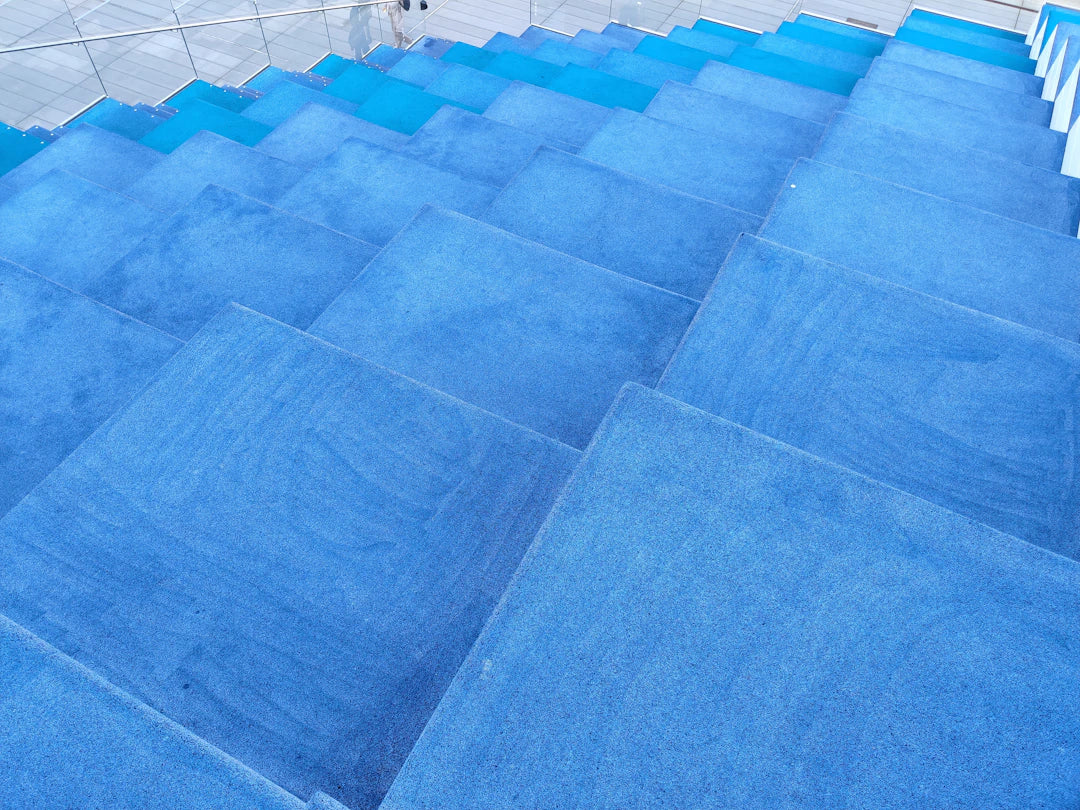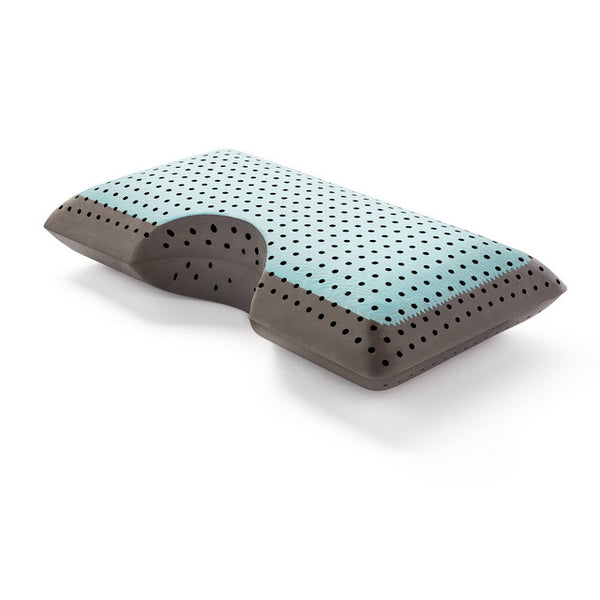
Overview
Learn the importance of recycling your old mattress to reduce landfill waste and recover valuable materials. Follow steps such as checking local recycling programs, considering donations, disassembling the mattress, and locating recycling facilities. Explore alternatives like upcycling, energy recovery, and bulk disposal if recycling isn't possible. Educate yourself on mattress recycling laws and make conscious choices for your next mattress to contribute to a more sustainable future.
Frequently Asked Questions
1. Why is it important to recycle an old mattress?
2. What materials are typically found in a mattress?
3. What are the steps to recycle an old mattress?
4. What happens to a mattress after it is recycled?
5. What alternatives exist if recycling isn't an option?
Getting rid of an old mattress can feel daunting, but it’s essential to approach the task responsibly. Many people aren't aware that mattresses are not only bulky but also filled with materials that can be harmful to the environment if disposed of improperly. In this guide, we will explore the importance of recycling your old mattress and provide step-by-step instructions on how to do it safely and effectively.
Why Recycle Your Old Mattress?
As the world increasingly turns its focus towards sustainable living, responsible disposal practices have become crucial. When mattresses are thrown away, they often end up in landfills, where they decompose slowly and release harmful toxins into the soil and air. Here are several compelling reasons to recycle your old mattress:
- Environmental Protection: Recycling helps reduce landfill waste significantly.
- Resource Recovery: Materials such as steel, foam, and fabric can be reused in new products.
- Support Local Charities: Donating reusable mattresses can help those in need.
- Community Responsibility: Recycling helps increase community awareness around waste management.
Understanding Mattress Composition
Before diving into the recycling process, it’s important to know what goes into a mattress. Most mattresses are made up of:
- Metal Springs: Often made of steel, these can be recycled as scrap metal.
- Foam: These materials can be processed and utilized in other products.
- Wood: Any wooden parts can be repurposed for various construction needs.
- Textiles: Fabrics and covers can be cleaned, shredded, and recycled into insulation or other materials.
Steps to Recycle Your Old Mattress
1. Check for Local Recycling Programs
Start by researching local recycling programs dedicated to mattresses. Many cities have specific initiatives in place that ensure old mattresses are recycled properly. Check with your local waste management department or recycling center to find out if they offer any services related to mattress recycling.
2. Consider Donation Options
If your mattress is in usable condition, consider donating it instead of recycling it. Many charitable organizations accept mattresses that are clean and free of stains, tears, or odors. Some may even offer pickup services, making the donation process easier for you. Research local shelters or charities and inquire about their donation policy.
3. Disassemble the Mattress
If you decide to recycle the mattress yourself, consider disassembling it first. This ensures that each component can be separated for recycling. Here’s how you can do it:
- Remove the Cover: Use scissors to cut open the fabric outer covering.
- Extract the Foam: Take out the foam layers. Most can be recycled if they are clean.
- Separate the Springs: Carefully detach the metal springs from the mattress. These usually have to be recycled as scrap metal.
- Handle Hazardous Materials: Be cautious if there’s any gel or liquid, as it might contain hazardous substances.
4. Locate a Recycling Facility
Once you’ve disassembled the mattress, find a nearby recycling facility or drop-off center. Some regions have specific facilities that accept mattresses. Look for organizations specializing in recycling or refurbishing mattresses. Additionally, online directories could assist you in locating appropriate facilities in your area.
5. Prepare for Transport
It’s crucial to ensure you’re transporting the materials correctly. Follow these tips:
- Wrap the Materials: Prevent any dust or dirt from spreading during transport by wrapping the components in plastic.
- Secure the Load: Ensure that the load is properly secured in your vehicle to prevent accidents on the road.
- Follow Facility Guidelines: Check the recycling center's policies on how they require materials to be dropped off.
What Happens After Recycling?
After you recycle your mattress, the materials typically undergo several processes:
- Sorting: Items are sorted into different categories based on material type.
- Processing: Metals are melted down, while foams and textiles are shredded.
- Repurposing: Recycled materials are then transformed into new products, such as carpets, insulation, or even new mattresses.
Alternatives to Recycling
If recycling your old mattress isn’t an option, consider these alternatives:
1. Upcycling
Upcycling can give your old mattress a second life. Creative ideas include:
- Transforming the foam into cushions or pet beds.
- Using springs for DIY garden projects.
- Fabric can be repurposed for crafting or home décor.
2. Energy Recovery
Some facilities convert waste into energy through combustion. This process involves taking old mattresses, burning them, and using the heat generated to produce energy. Understandably, this isn’t the most eco-friendly option, but it is a viable solution if recycling isn't available.
3. Bulk Disposal with Landfill Alternatives
Last resort! If none of the other options work, contact your local waste management center for bulk disposal options. Some services can handle larger items like mattresses in an eco-friendly manner. Always try to explore alternatives before considering this option.
Educate Yourself on Mattress Recycling Laws
Every state has its own regulations regarding mattress recycling. Familiarizing yourself with these laws can help you better understand your responsibilities as a consumer. Organizations like the Mattress Recycling Council (MRC) provide resources and guidelines to help consumers navigate mattress disposal legally and responsibly. Engaging with your local policies regarding recycling can also heighten awareness and encourage more significant change in your community.
The Next Step: Make Conscious Choices for Your New Mattress
Your journey towards a more sustainable lifestyle doesn't end with recycling your old mattress. Consider these points when purchasing a new one:
- Look for Eco-Friendly Materials: Seek out mattresses made from sustainable and organic materials.
- Investigate Brands with Recycling Programs: Some companies have take-back programs, making it easier to dispose of your mattress responsibly in the future.
- Choose Quality: Investing in a high-quality mattress can prolong its lifespan, reducing the frequency of disposal.
By making informed decisions about mattresses, you can contribute to a healthier environment while enjoying the comforts of a good night's sleep.
Sleep Eco-Friendly: Your Contribution Matters
Recycling your old mattress is an important step towards reducing waste and conserving natural resources. With a plethora of options available, there's no excuse for improper disposal. By taking responsibility, you not only help the planet but also set an example for your community. Engage in mattress recycling today and pave the way for a greener tomorrow!








